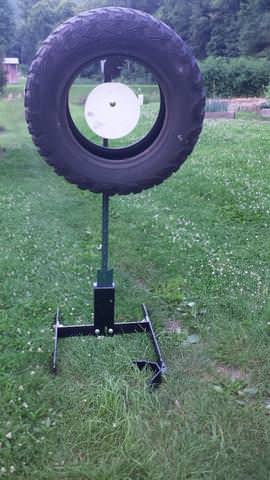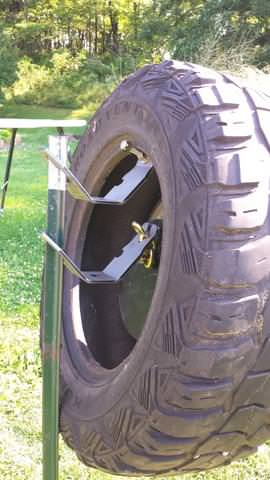From personal experience using various steel targets to teach combat shotgun and pistol for many years, things happen predictably but not every time. Too-soft steel targets will deform (bend and dimple) even with all-lead projectiles. 12 gauge slugs were the most dangerous we used. One did a "direct blown back ricochet" from 25 yards, a piece striking a Deputy on the firing line (dimpled pepper-popper). Not much energy, but luckily he was wearing a jacket.
Impact on steel sends shards in all directions. Fragments went more than 50 yards over a berm onto a neighboring range from factory, very hard targets rated for jacketed hollow point ammo. It took only a couple of years to render a set of soft steel falling plate/pepper poppers to become unsafe. We finally found funding for factory-made steel targets, followed the manufacturer's instructions, and problems subsided. Thousands of rounds in a wide variety of ranges & scenarios taught valuable lessons.
Never, ever, shoot a steel target firmly anchored unless it's angled to deflect downward. Swingers should be angled, but they're pretty forgiving. Closer than 20 yards? I'll be somewhere else. No safety glasses? Not me. Cheers.








